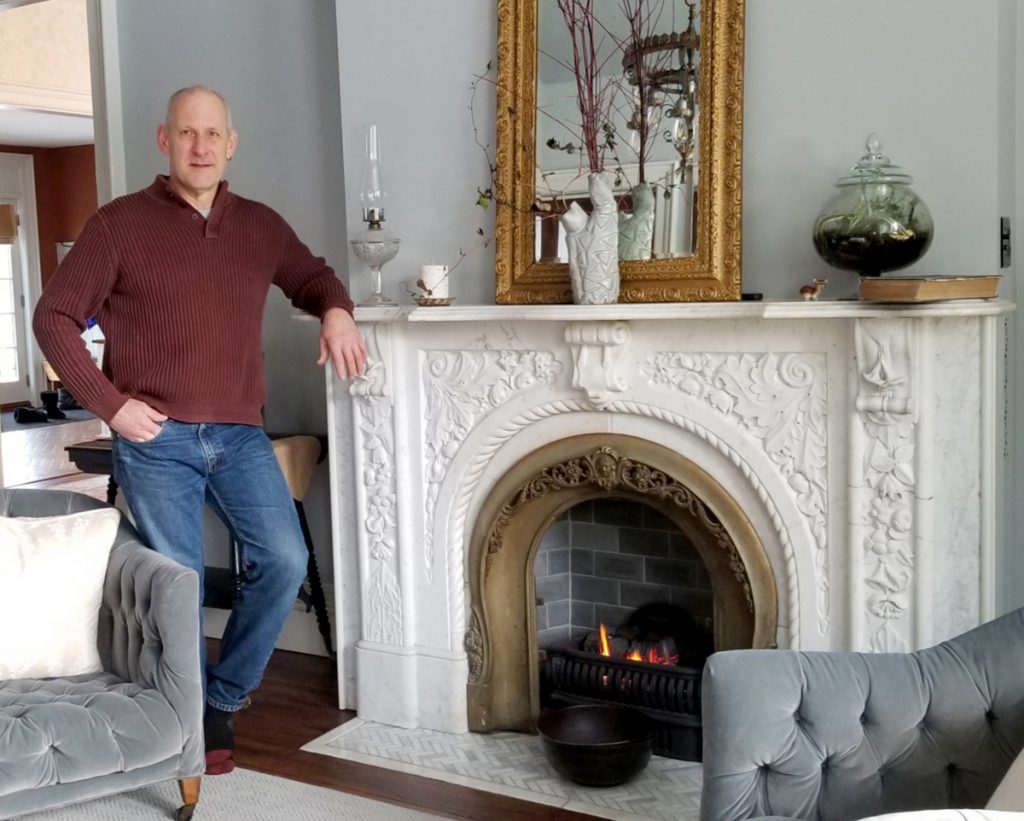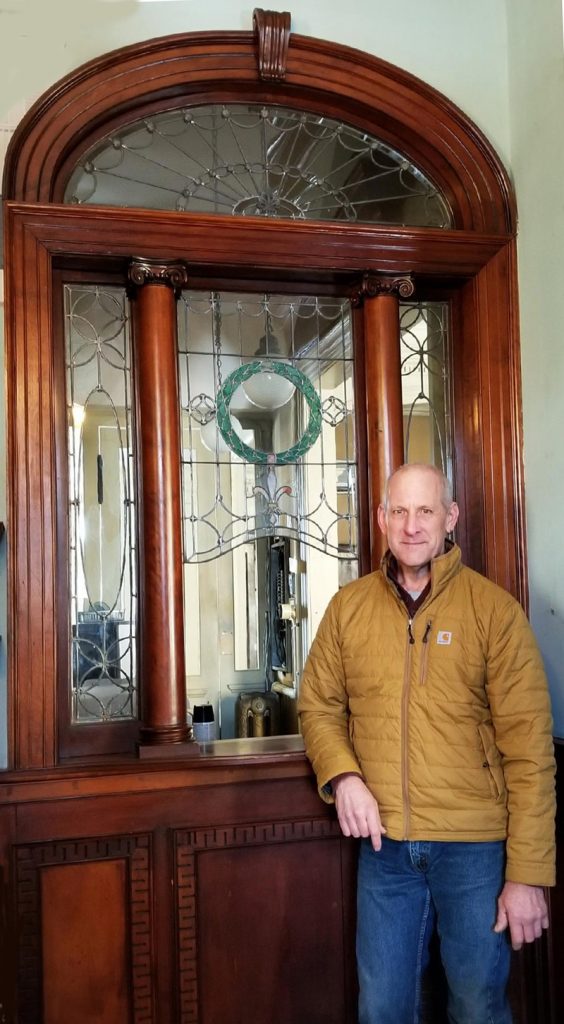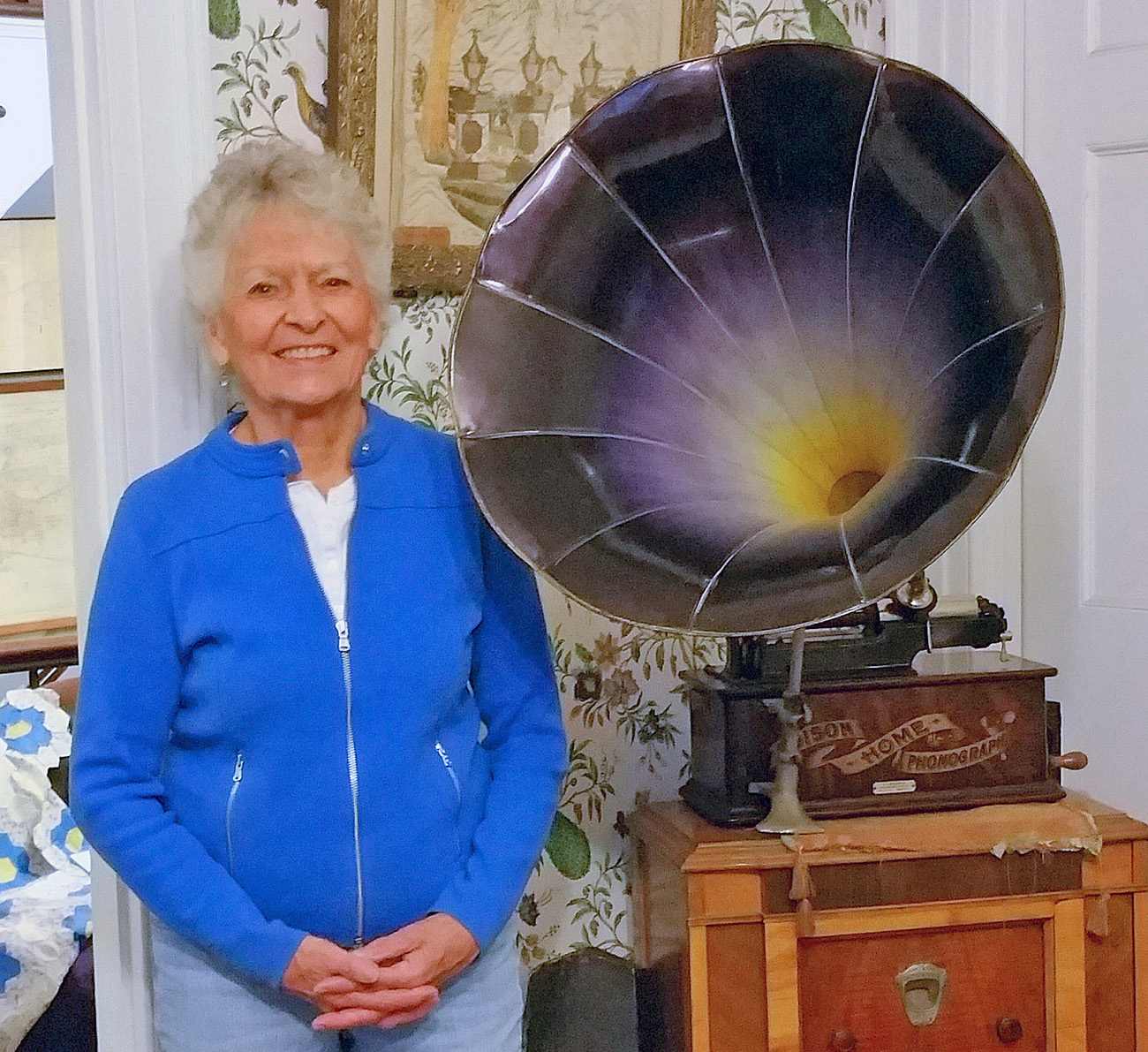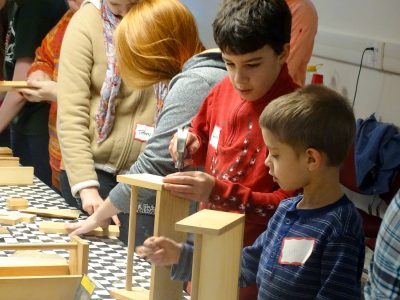Chad Fabry, expert on historic structures – Revering the English barn builders and their values
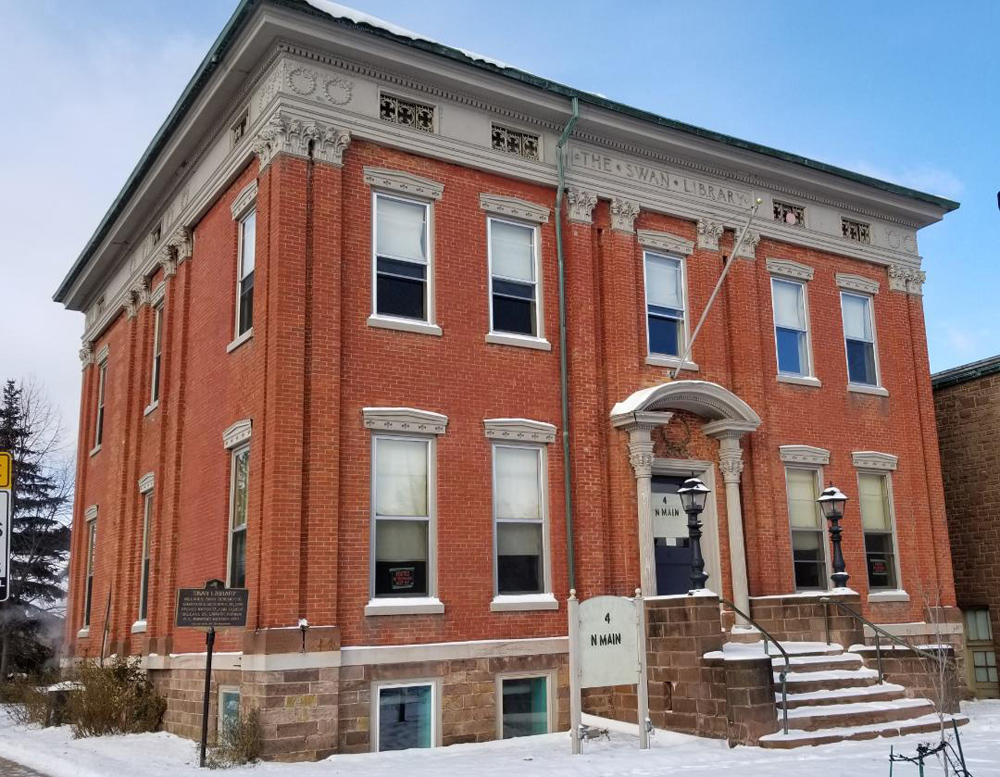
Chad Fabry (Fay-bree) is a man of many talents and accomplishments. He founded and teaches in a school for home inspectors. He recently purchased and is preserving a 114-year-old vacated public building, in pristine condition, to house his school. He has run his own home-inspection business for 20 years. He has restored his 1870’s Italianate Villa home. He joins in shearing sheep at Springdale Farm’s sheep shearing festival annually. He was the building inspector/code enforcer for the Town of Clarkson for 10 years and recently was hired by the Village of Brockport for that role. And, he is an expert on the construction methods and tools used to build historic structures including English barns and gives occasional public presentations on the subject.
Home construction and home inspection
Chad grew up in the family auto repair business. His father owned a repair shop which Chad bought from him and ran for some time. He owned an auto parts store for 25 years. “I did it because I could. Not because I loved it,” Chad said. “I was always looking for something else to do. Around 2000, I became very interested in the home inspection field and started pursuing it.”
Before focusing on inspection, Chad had a fascination with old house architecture. “I never knew what I was looking at until about 25 years ago when I started developing enough interest to start studying it,” he said. “I guess restoring my Italianate Villa home is what forced me into reading a lot of books earnestly to learn about the way things were done.” (He notes those were “pre-internet days” and now he includes the internet). Chad compares his self-education to times past when people used to “study law, not go to college for it,” he said. “I study old construction. And, by using the internet I align myself with people all over the country who are super smart in the field. So, I am very fortunate to have this body of knowledge both on the internet and in relationships with people.”
With this base of knowledge on home construction, both old and modern, he started his business (Structure Smart, Inc.) as a “natural segue for me to go into a field where I could help other people make informed decisions about old construction. My inspection business is not exclusively on old houses, but that is the focus.” His clients might include, for example, a person being cautious before buying a house, or wanting to expand an historic home in an authentic way, or, lately, litigation support for folks who have had shoddy work done.
A school for home inspectors in an historic setting
In 2004 Chad founded a school named Inspector Central. He is a New York State approved education provider of Home Inspection Continuing Education for people seeking to receive the New York State home inspector certification. He teaches the class in Brockport to students from all over the state, about 15 of them per three-day session. Wanting a permanent location for the school, he received a tip about the former Swan Library building being for sale in Albion. It was a private residence from 1851 to 1899, then became a public library for 112 years. Emptied of books and vacant for several years, it was in mint condition with its Greek Revival exterior and its 1899 interior features, including magnificent wood millwork throughout. Chad bought it “for the price of a new pickup truck,” he said. He hopes to move his classes into it soon.
The English barn: “A reverence for what they did”
It is Chad’s teaching of the English barn structure that deserves a special focus here.
The English barns originally were three-bay threshing barns, Chad said. They had a central bay where grains were brought in and threshed by flailing on the floor; the grain was stored for people’s consumption and the straw for bedding. “Then farming became more animal-centric, so we needed way more grain and more hay to feed these animals we were now raising for food.” For this storage, there was a “natural progression” from the gable-roofed three-bay threshing barn to the gambrel-roofed barn used for hay and feed storage.
He isn’t trying to promote an architectural style. “I don’t have a favorite style of framing or architecture (for barns),” he said. “The styles are a chronological progression of common sense where we used to do things the way we did because we had to do them that way.”
A previous Westside News article covered the restored tower clock in Brockport. High praise was expressed for the “Yankee ingenuity” and the “mechanical masterminds that built America” evidenced by the historic clock and the Erie Canal system of locks and lift bridges.* Chad pays similar tribute to the builders of the English barns that originated in New England where the “Yankee” stereotype first appeared in the 19th century. “My presentation is focused on the methods and the people,” he said. “A lot of people don’t understand … how clever these builders were to make the barns with the tools and materials they had, putting things together with a purpose. They worked harder than we do with less expectation of financial reward. I have a reverence for what they did.”
A “pragmatic preservationist”
“Unfortunately, the real English barns are almost all gone now,” Chad said. His presentation on the English barn includes the “failure points” of construction and why the barns are falling down. Then, Chad probes the question of preservation:
What is the fastest and easiest way to preserve these barns producing the best results so the next five generations can see what they used to look like? Often it requires modern materials because we do not have the resources, the skilled manual labor, and the time needed to make a repair the way they would have. With today’s building methods and materials, we can do it better, much cheaper and faster with much less labor than the people did originally. So, better to save but not do it with authentic original methods? Absolutely. I am a pragmatic preservationist.
Chad Fabry: Modern day model for “Yankee ingenuity”
“Yankee ingenuity” can be seen in Chad Fabry himself as well as in the English barn builders he reveres.
The concept can be summed up in terms such as “inventiveness, know-how in solving practical problems, self-reliance and individual enterprise.” These qualities are seen in Chad’s leaving auto mechanics to study home construction; starting his school and his business; and, restoring the architecture of his home and preserving an historic public building. Self-reliance and individual enterprise are also seen in pursuing his official building inspector/code enforcer responsibilities full-time four days a week. He does that time management to fulfill his longstanding dream “which I am not willing to give up,” he said. “I have been enjoying the last 20 years in my other business (home inspection). And, I am planning another 20 years…depending on how I hold up. I’ll be 60 next year, and trying to stay in good shape so I can keep doing the things I like to do.”
*(See “The time and the chime to be restored in Brockport’s tower clock,” June 25, 2017, in Suburban News and Hamlin-Clarkson Herald. Go to: www.westsidenewsny.com, archives.)
